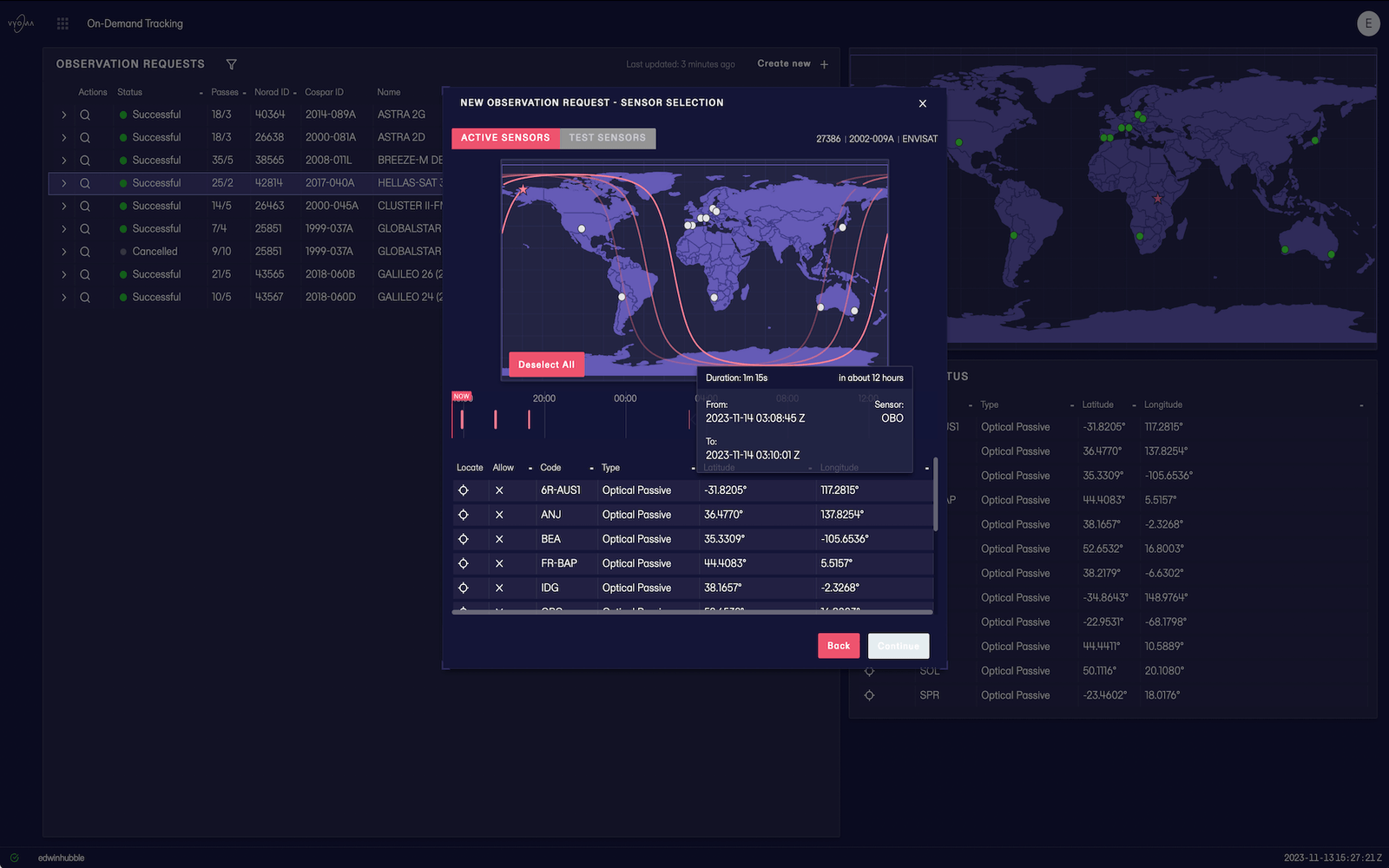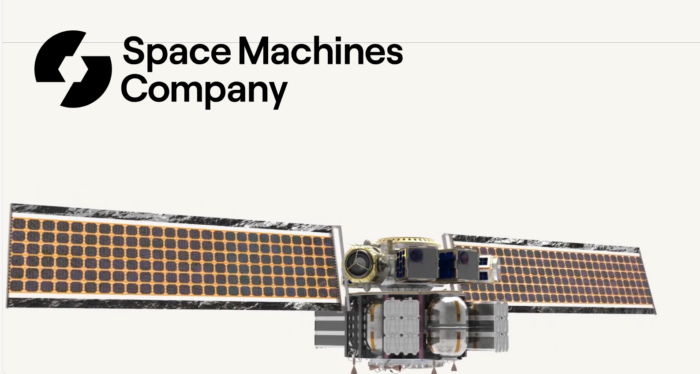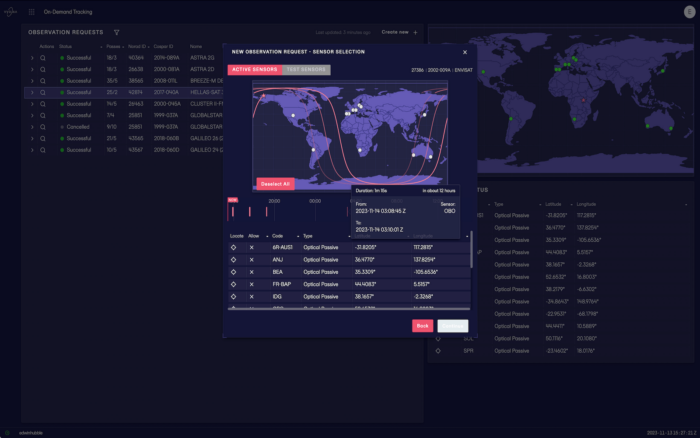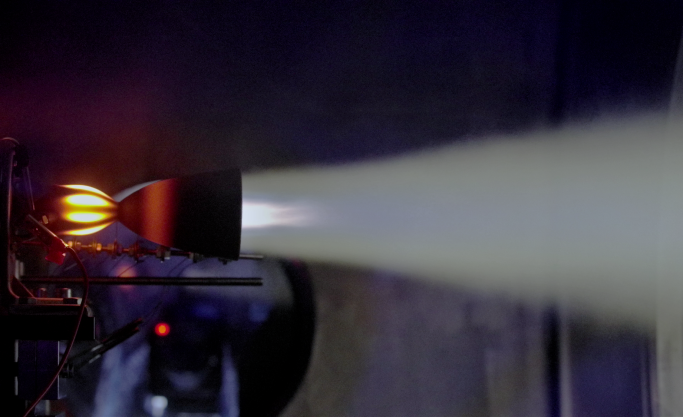Doug Bernauer, a former SpaceX engineer, is leading an exciting project with his company, Radiant. The goal is to develop mobile nuclear reactors that could transform the way we explore space. Bernauer’s extensive experience at SpaceX, where he witnessed the company’s growth from launching its first rockets to achieving historic milestones, has shaped his vision for the future of nuclear technology in space, and was the highlight of a recent interview.
Bernauer’s journey began with his realization that “we do need to make life multiplanetary, and I thought the only way you will actually do it is with nuclear technology in space.” This insight led him to explore the possibilities of portable nuclear reactors. Unlike traditional reactors, these compact systems are designed to be transported easily, fitting on a truck or a C17 aircraft.
“They can go anywhere in the world,” Bernauer explained, “in the Arctic, at the bottoms of oceans, powering cities, or anywhere people would like to take them.”
One of the significant challenges in designing these reactors is their criticality, as Bernauer noted: “Our reactors will go critical at about five watts of power, so not enough to charge your phone. Then we need to go super critical and bring it up in temperature to a power level of 3.5 million watts of thermal power.” This steep increase in power requires meticulous engineering to ensure safety and efficiency.
The regulatory landscape for nuclear technology presents another hurdle.

“We don’t have a regulatory environment that is set up and ready for innovation,” Bernauer acknowledged. However, Radiant is navigating this complex landscape by seeking authorization from the Department of Energy at Idaho National Lab, a site designed for reactor testing. Bernauer likens the regulatory challenges to a medieval siege, where overcoming the numerous bureaucratic obstacles is akin to breaking through a fortress.
Radiant’s portable reactors are not just for space; they have significant implications for terrestrial applications as well. In remote locations on Earth, these reactors can provide a reliable power source where traditional energy infrastructure is lacking. Bernauer pointed out the dual-use nature of these reactors: “If you can fly it around, you know a Starship can take 100 tons that way, a C17 takes 100 tons that way. These are going to be closely developed, very similar products.”
Moreover, the safety of these reactors is paramount. Bernauer explained that high-temperature reactors on Earth can be designed with helium, which eliminates the risk of radioactive liquids. This innovation ensures that the reactors are safe for human use, both on Earth and in space.
Reflecting on his time at SpaceX, Bernauer shared how it influenced his current mission.
“When I worked on Mars, I realized that you really can’t effectively use solar power in space to do production when you need megawatts of power around the clock,” he said. This realization solidified his belief in the necessity of nuclear power for sustained space exploration.
Bernauer’s vision for Radiant is clear: “I believe it was the important technology for space also, and so my mission alignment while staying with SpaceX, I started to slide away and go actually the hard part of even what SpaceX wants to do is the nuclear part. I have to leave.” With Radiant, he aims to make significant strides in both space and terrestrial energy solutions, ensuring that nuclear power can meet the demands of future space missions and provide sustainable energy solutions on Earth.
Doug Bernauer’s work with Radiant is set to redefine nuclear technology’s role in space exploration and beyond. By addressing the critical challenges of nuclear reactor design and navigating the regulatory environment, Radiant is poised to bring innovative and portable nuclear power solutions to the forefront. This groundbreaking approach not only supports the vision of making life multiplanetary but also offers practical energy solutions for some of the most remote and challenging environments on Earth.
Share this article:








